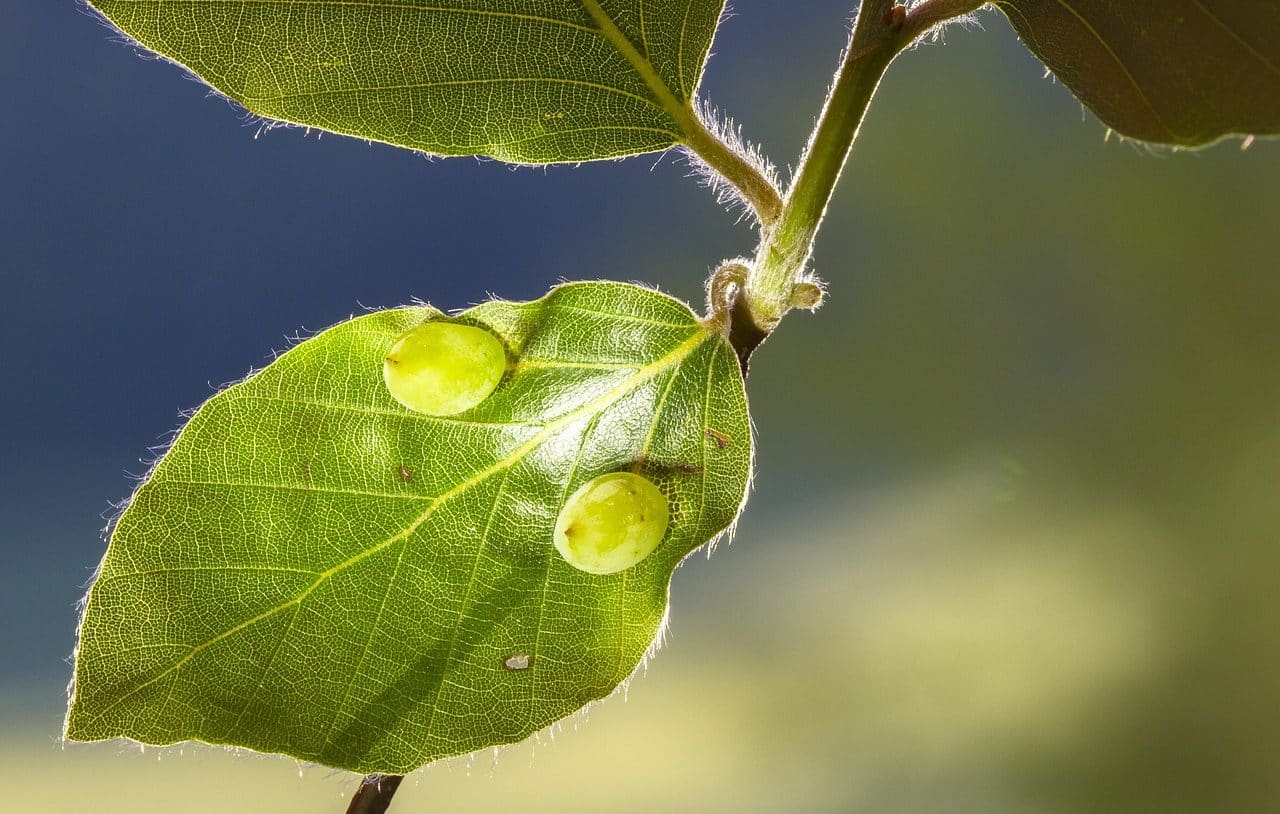
Galls are round excrescences that form on plants from insect bites.
Agalla is a term from the Latin galla that has multiple uses. It may be the round excrescence that forms on certain trees and shrubs from the bite of some insects and infections caused by microorganisms.
For example: “On the trunk of this oak, we can see the galls that reveal the attack of an insect,” “This tree has so many galls that it has lost its original shape,” “The cork oak is characterized by its galls, which exhibit along its trunk."
tree galls
Tree galls are extrusions that hang like fruit ; In the case of oak trees, in fact, they are called oak apples and originate after wasps lay their eggs within their bark. The galls have a high value of tannic acid and have long been used for the preparation of medicines in many parts of the world.
While all oak galls appear due to the action of the so-called gall wasp , they vary in shape, color and size. The larvae of this species force the oak to create substances and cells that generate galls, which in turn are used by the former as a source of food and as shelter. It is worth mentioning that they generally do not represent a danger to the tree although their formation is an act of defense on its part, which explains its high content of astringent compounds (it is believed that these galls are the most astringent organic plant compound on the planet). .

The idea of guts can be associated with bravery.
Various uses
Chinese medicine uses them as a remedy to treat, for example, hemorrhoids, ulcers and dysentery (an infectious disease characterized by bloody diarrhea and straining). In the United States , on the other hand, the natives used them to heal various wounds, burns and sores. Finally, some specialists recommend them to combat gonorrhea, diarrhea and cholera.
Outside of medicinal uses, the tannic acid in the galls makes them an ideal source for dyeing and tanning; Various tribal groups have used them to create various types of ornaments and curing, to work with leather, ceramics and to make baskets.
Since, in principle, the galls arise as a protection by the oak tree against the action of wasps and their larvae, science has also been interested in their use as a natural pesticide. Researchers at the University of Mysore in India stated in 2009 that they had observed effective larvicidal activity in the fight against the mosquito species blamed for the spread of malaria in urban areas, Anopheles stephensi .
Other meanings of the concept of guts
The gills are also the sides of a bird's head , equivalent to the temples, the gills , or the tonsils : “If the fish is fresh, the gills should be reddish,” “These are a kind of reduced gills and fins.” short” , “This disease attacks the gills of the fish” .
In colloquial language, the use of the notion of guts is linked to audacity or bravery : “You have to have guts to do something like that,” “The judge did not have the guts necessary to respond to the victim's father,” “ Without guts, the battle is lost.”
The Courage Dog
Guts is also the name by which the main protagonist of "Courage the Cowardly Dog" is known in Spain , an animated series that in Latin America received the name "Courage the Cowardly Dog."
Guts o Courage es un perro que siempre está asustado, pero que se esfuerza por salvarle la life a sus dueños de los ataques de monstruos, extraterrestres y otras criaturas. La serie se emitió entre 1999 y 2002, aunque aún pueden verse sus repeticiones.
